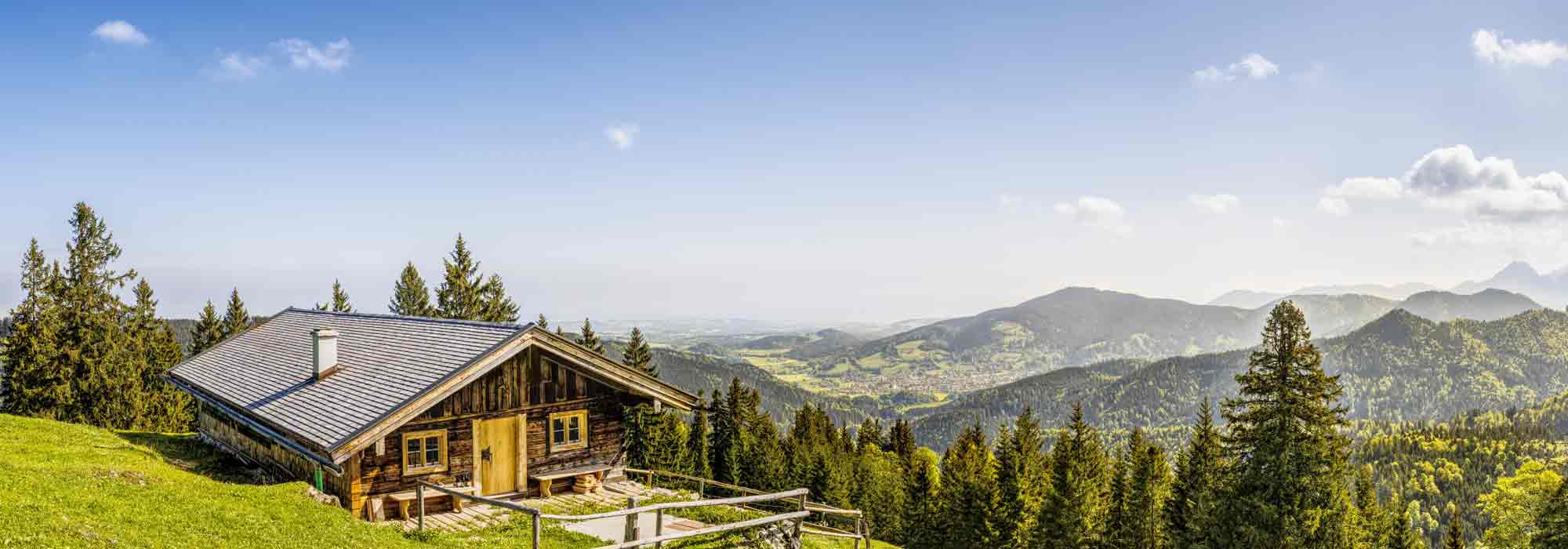
Mountain gardening: how to gorw a vegetable garden?
Growing conditions, landscaping and suitable plants
Contents
Mountain areas do not offer the easiest growing conditions. A gardener must therefore cope with an environment subject to rugged terrain and uncertain weather that is often extreme.
However, despite these particular conditions, it is possible to grow a vegetable garden in the mountains. Knowing your environment precisely will help you cope with its vagaries, by opting for adaptations and plantings that are well suited to it.
Discover how to grow a vegetable garden in the mountains through our practical tips.
Vegetable gardening in mountainous areas: specific growing conditions
In mountains, growing conditions are subject to many constraints. These are firstly shaped by the montane climate, which varies considerably with altitude and mountain range.
Good to know: on average, air cools by 0.6°C for every 100 metres.
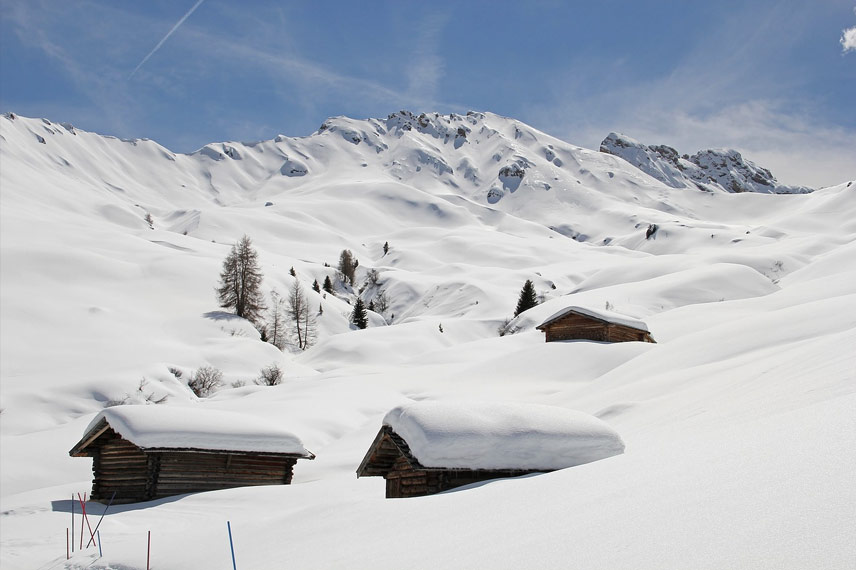
Climatic conditions
Montainous climate is first and foremost a long winter and often very cold. A late spring gives way to a short summer season with early autumn frosts. Likewise, although summer is often warm, winters can be subject to extremely low temperatures. In mountains, the vegetable garden must therefore face frost and thaw, but also winds, snow, and sudden, sometimes violent rain (notably the severe mountain storms that occur in late afternoons during summer).
Note, however, that snowfall does not damage crops and instead acts as an effective thermal insulator. Also read Michael’s article: Snow in the garden. It is frost episodes that mountain gardeners fear most.
Sloping terrain
Another constraint, and by no means a minor one, is that the vegetable garden must adapt here to the natural slope of the land. The gardener must therefore strive to manage crops so that soil does not run down the slope. Likewise, they must retain water and limit its runoff.
Soils
Finally, although soils are highly varied in mountains, they are generally shallow. Sometimes very low temperatures limit biological activity in soils, as well as their formation and evolution. In these specific mediums, the gardener is thus often faced with poor, fragile and acidic soils. Note that the higher one climbs in altitude, the lower soil fertility becomes.
Read also
How to landscape a sloping garden?Solutions to grow a vegetable garden in mountainous areas
Although mountain growing conditions can be harsh and demanding, solutions exist to grow a productive vegetable garden there. Observation, orientation, mulching, raised vegetable beds… most of these solutions are part of common practices supported by permaculture gardeners. Indeed, mountain permaculture offers a viable and effective alternative to produce your fruits and vegetables in these particular environments.
Positioning your vegetable garden correctly
In broad terms, a mountain vegetable garden should preferably have a north to south orientation. This way, your plantings benefit from a sunnier, warmer exposure that lasts longer. You therefore need to observe your surroundings carefully to determine best location for your crops.
Create a terraced vegetable garden
When cultivating a vegetable garden on a slope, the best option is to position it perpendicular to the slope. Whether you are working the soil, sowing vegetable ranks, or installing growing mounds, you should follow the contour lines.
If your land is particularly steep, you can lay it out in terraces (stepped), which limits erosion effects on the soil. Depending on slope degree, the supporting structure will be more or less elaborate, built from logs of wood, wattle, dry stone, etc.
For further information: How to landscape a sloping garden?

© La Ferme de Sourrou – Flickr
Opt for raised square beds
Raised square beds are a solution not to be overlooked when growing in mountain areas. The beds can indeed be integrated into the slope of the land, with some excavation work. The height of the sides of your growing beds then depends on the slope of your land. These sides must therefore be high enough to properly support the slope, so that crops contained in the squares are not devastated by a soil landslip.
⇒ Square gardening: how? Advantages and disadvantages.
Protect plantings
- Hotbed in a frame
In mountains, sowing on a hotbed from January is a good way to start crops earlier in an environment where the growing season is very short. Sowing produced using this technique benefit from a constant temperature of 20°C and a very rich substrate. To reach these ideal growing conditions, the hotbed in a frame uses natural chemistry from fermentation of organic matter. As these materials decompose, they produce heat, even despite harsh mountain frosts. See our tutorial: How to make a hot bed? - Cloches and tunnels
The use of cloches and tunnels allows you to protect the leaves of your vegetable plants exposed to frosts. A simple, effective solution that lets you extend the life of your crops as the growing season draws to a close. Cloches and tunnels collect heat during the day and act as mini-greenhouses. They are therefore also ideal for early sowing. Discover our advice: Forcing cloches or protective cloches: what are they used for?. - Garden greenhouse
Installing a garden greenhouse protects plants against cool temperatures, but also against strong drying winds and bad weather. However, it can be useful to choose a reinforced greenhouse here, as it tends to wear out more quickly in mountains.
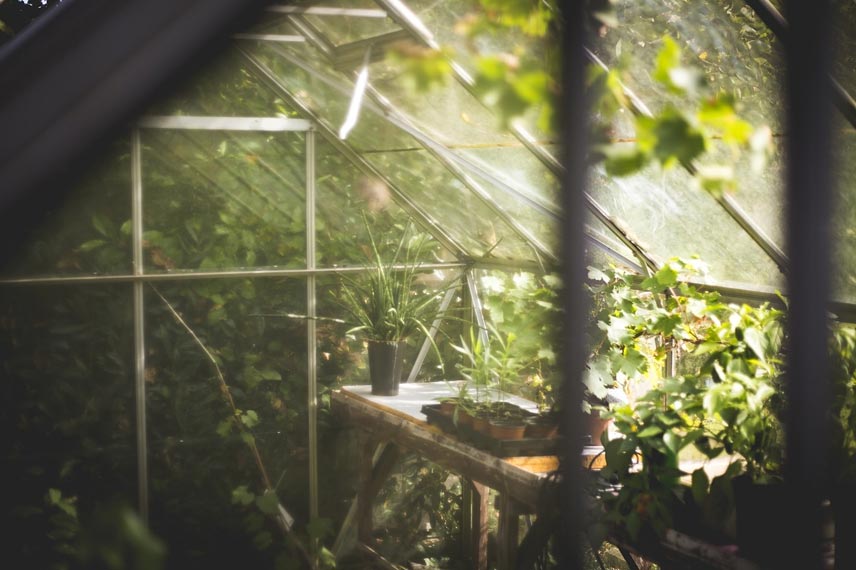
Install a windbreak hedge
Again, mountain wind can have significant consequences on your crops. As well as drying out the soil, it lowers ambient temperature by several degrees. To block it, installing windbreak hedges is a good solution. Building a low wall can also be considered.
Also see our advice sheets:
- How and why to create a windbreak hedge?
- 7 trees for a windbreak
- 10 best bushes for creating a windbreak hedge
Mulch plantings
A good layer of mulch at the base of your crops is absolutely essential for the well-being of your mountain vegetable garden. Indeed, while mulch is well known for limiting soil evaporation, it also acts as an excellent thermal regulator. Made of organic materials, it also feeds the soil as it decomposes, another very useful aspect in these areas where soils are often poor.
For further information: Mulching: Why? How?
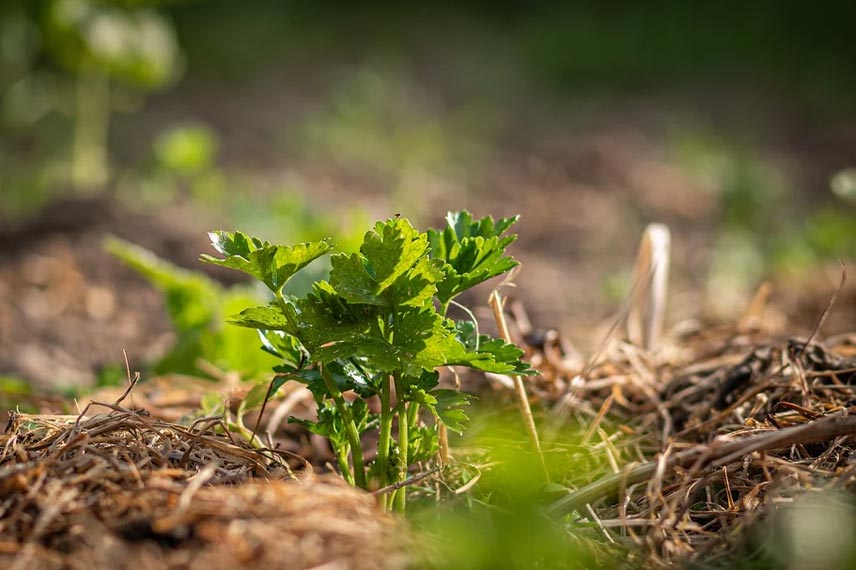
Rely on crop rotation
While crop rotation is a practice that improves vegetable garden productivity whatever the terrain, it proves particularly beneficial in mountains. Indeed, rotation prevents disease spread and also helps limit exhaustion of a soil already weakened by climatic conditions inherent to mountains.
For more: Crop rotation.
Discover other Vegetable gardens
View all →Available in 0 sizes
Available in 1 sizes
Available in 1 sizes
Available in 1 sizes
Available in 1 sizes
Available in 1 sizes
Available in 1 sizes
Available in 1 sizes
Available in 1 sizes
Available in 1 sizes
Growing the right varieties of young vegetable plants in the mountains
Besides previously mentioned adjustments, choice of varieties is crucial in a mountain vegetable garden. Their hardiness (their resistance to cold) and the speed of their development (early or short-cycle) are here key to success of your harvests. Your choices must therefore be strategic, and fully suited to a short growing season.
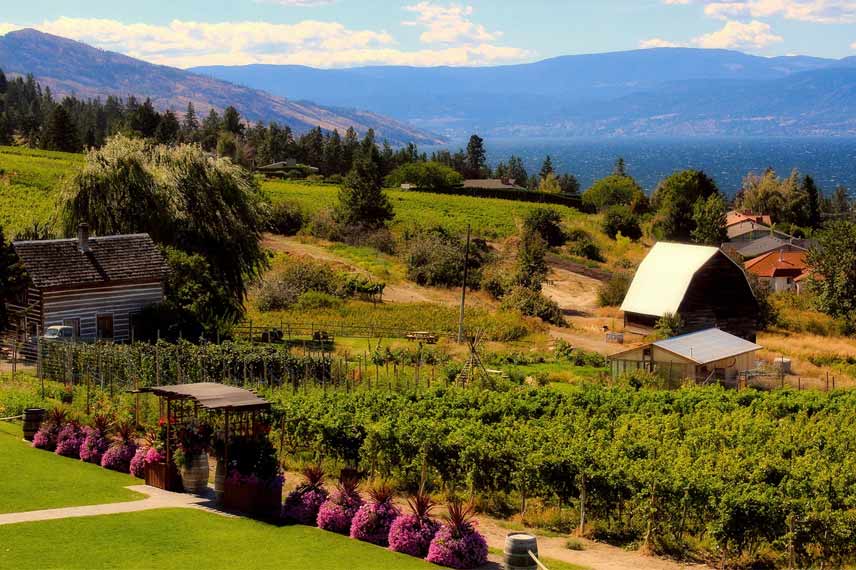
Vegetables to avoid
You will unfortunately have to give up growing aubergines, watermelons and melons which require not only a lot of heat but also a long development time.
Hardy vegetable plants
However, perennial vegetables are particularly hardy. Among them, mention can be made of spinach, leeks, rhubarb, Daubenton cabbages, or mountain lovage.
Montane climate is no problem for soft fruits because of their great hardiness. Do not hesitate therefore to grow raspberry plants, blackcurrant bushes, blackberry bushes and redcurrant bushes in vegetable garden.
Quick-maturing vegetables
Root vegetables and leaf vegetables benefit from a sufficiently rapid development to be grown in a mountain vegetable garden. Especially as they can adapt easily to altitude. Think in particular of early potatoes (Aliénor, Amandine, Rouge de Grenaille, Dolwen), Colmar carrots, turnips, parsnips, radishes, Crapaudine beetroot, Jerusalem artichokes, etc.
Vegetables with slower development and lesser hardiness are however not to be completely excluded from your mountain vegetable garden. Indeed, it is possible to start your crops in warmth before transplanting them outdoors once soil is sufficiently warmed and frost risk completely ruled out. Thus, fruiting vegetables (such as tomato) can nevertheless be grown in mountains thanks to these precautions.
Also discover our articles :
- 5 root vegetables for mountain vegetable garden
- 5 leaf vegetables for mountain vegetable garden
- Subscribe!
- Contents


































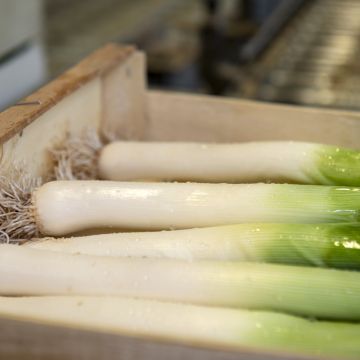

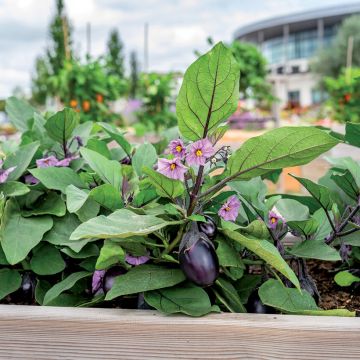

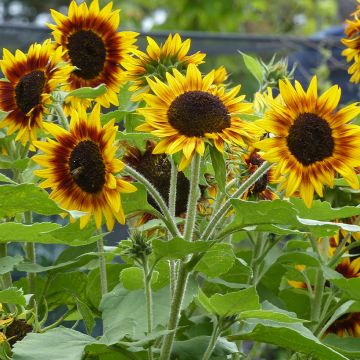



Comments